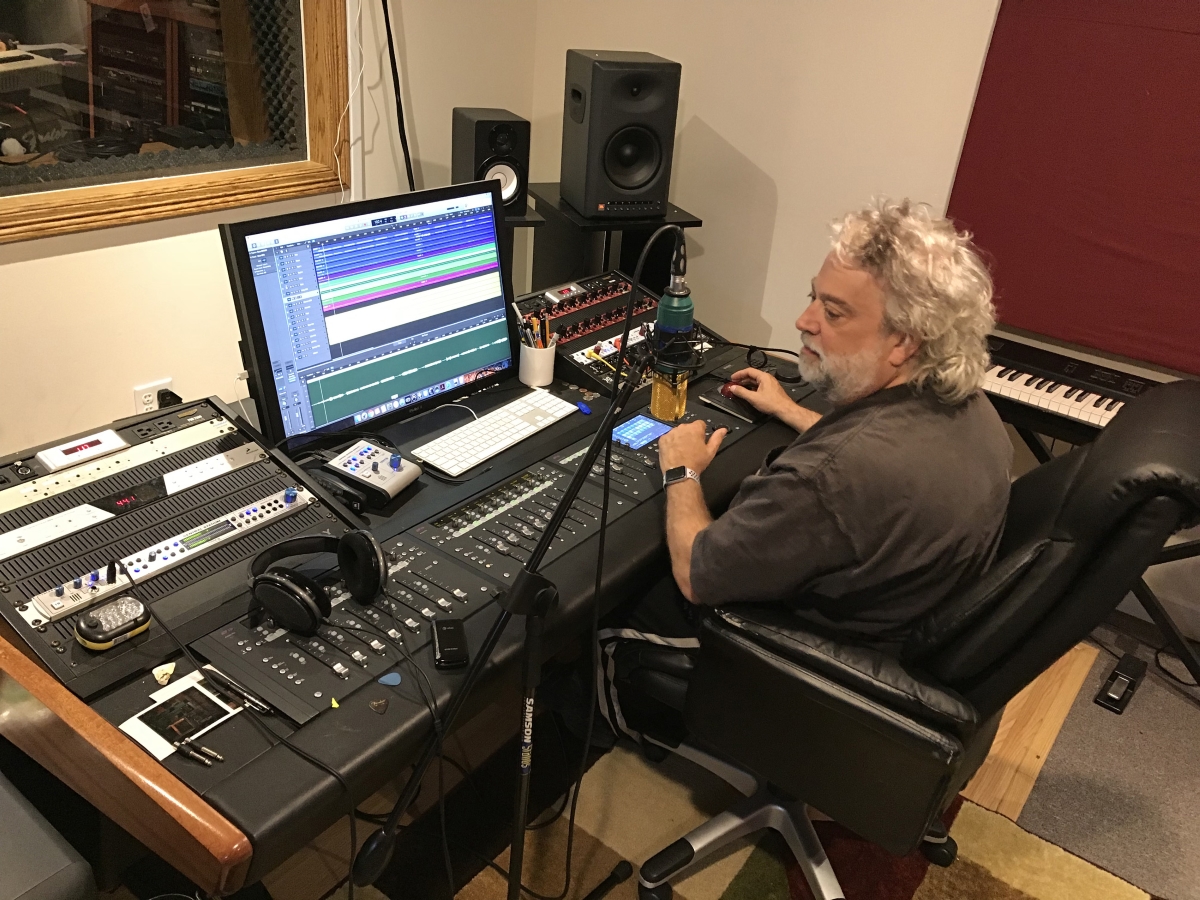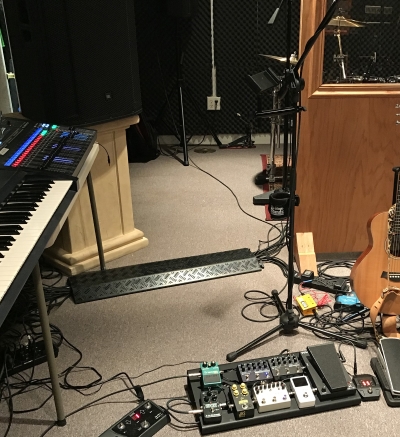I’ve been a staff engineer at Tylerland Studios in upstate NY since I was in high school. At that point, the facility didn’t have much more than a Behringer Eurodesk 24-channel mixer connected to an Alesis ADAT HD24 machine. We manually punched in overdubs and kept close notes so the mix could be revisited at a later date (by putting all the pots and faders back!).
When owners Dave and Patty Tyler decided it was time to make the transition to digital, we took the opportunity to completely redesign the entire space from the ground up. Along with the Mac Pro workstation running Logic Pro X and ProTools, we installed custom acoustic treatment in both the live room and the control room, new analog snakes, a selection of boutique preamplifiers, an Antelope Orion 32 AD/DA unit, and a personal headphone mixer system.
I’ve had the good fortune to continue to be involved with the studio as it has developed and grown over the years, and I am constantly looking for ways to make the space and the toolset more accommodating for the musicians, as well as following a standing directive from Dave to continuously “improve the sound.” (Part 1 of this process is detailed here.)

Finding Solutions
One of my responsibilities as a Tylerland engineer is to make recommendations regarding equipment upgrades. In the previous issue (Starting Over, LSI April 2018), I chronicled an ongoing project of rewiring and optimizing the in-room PA system for the studio’s current role as a rehearsal space. Before suggesting any new purchases, I felt it important to get the current rig operating in peak form. Only then could we make an informed decision as to what upgrades would make sense.
Since then, the Tylers have held several rehearsals in the space with their band and thus have a much better idea of what’s working well and what needs to be tweaked, improved, or replaced. Sometimes, it’s as simple as an adjustment to a mix or a microphone placement, but sometimes solutions lie with new products.
The purchasing process takes the form of a three-way conversation between myself, Dave Tyler, and our Sweetwater sales rep, Brendan Murphy. “Sweetwater has been very good to us,” says Tyler. “They really pay attention to the details and always take the time to make sure we’re getting exactly what we need. ”
Given the twin directives of improving the utility of the space and increasing the quality of the sound, I gave the setup a fresh look. At the top of my priority list was the long, unsightly guitar cable that ran across the middle of the space, connecting lead vocalist Patty Tyler’s pedalboard to her amplifier.
From a practical standpoint, not only is this ugly, it’s also a potential trip hazard. From an engineering standpoint, a long, unbalanced Hi-Z (high-impedance) run has significant high-frequency loss due to cable capacitance and is a likely candidate for electromagnetic and radio-frequency interference.

Steady Progress
To solve all of these issues, on my recommendation, we installed a Radial SGI studio guitar interface system. It’s a two-piece system that converts the pedalboard output to a Low-Z balanced XLR run, and then back again at the other end. This, combined with an Audix CabGrabber to hold the amp’s microphone, streamlined the guitar setup considerably.
Playing the drum kit while wearing in-ear monitors revealed that the drum sounds were washing out the cymbal sounds. To emphasize the cymbal sounds, I lowered the pair of Neumann U87 microphones serving as overheads by about two feet. The placement closer to the cymbals allowed us to lower the gain at the desk, which reduced bleed from the rest of the kit. This made the drums sound tighter and punchier in the IEMs.















